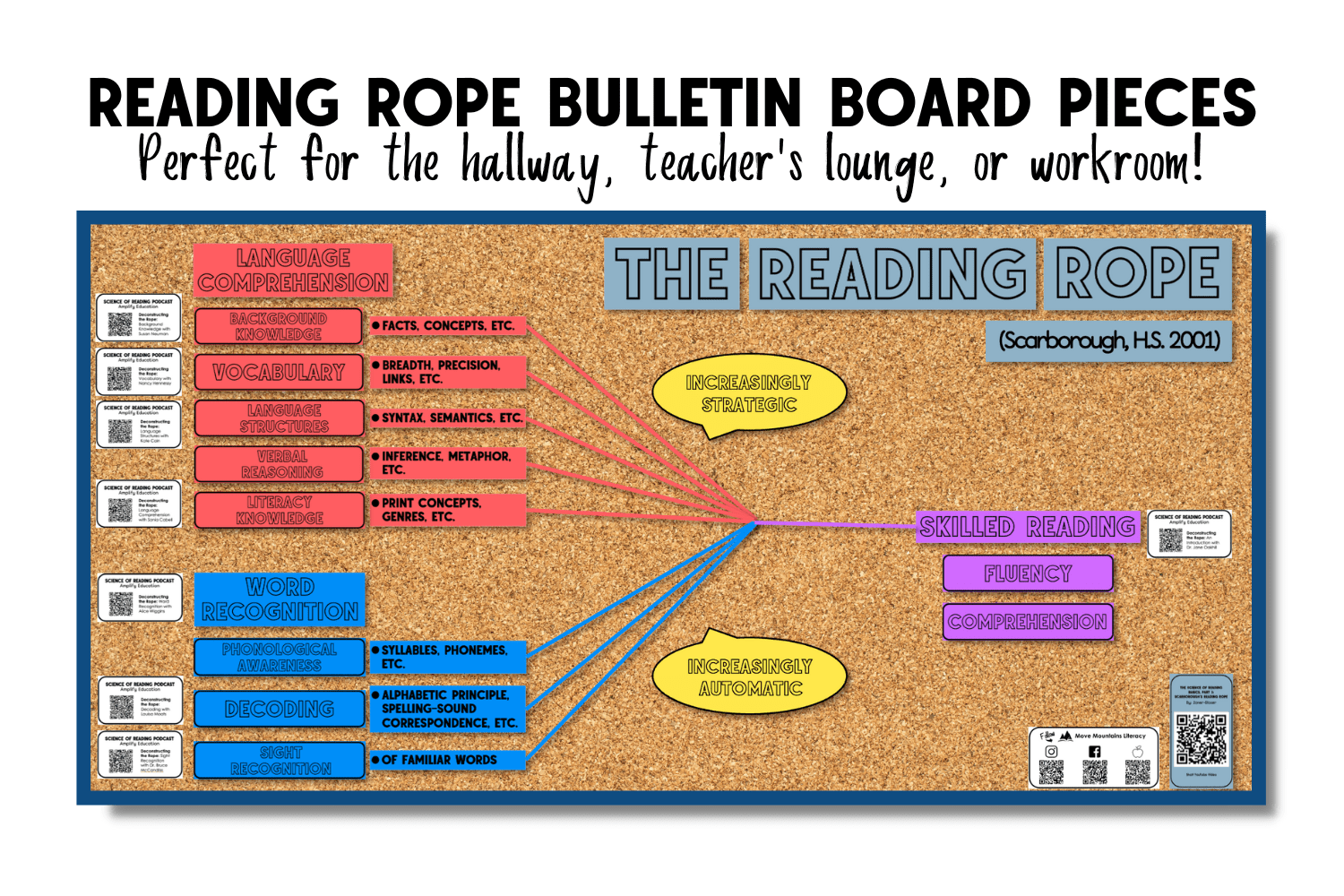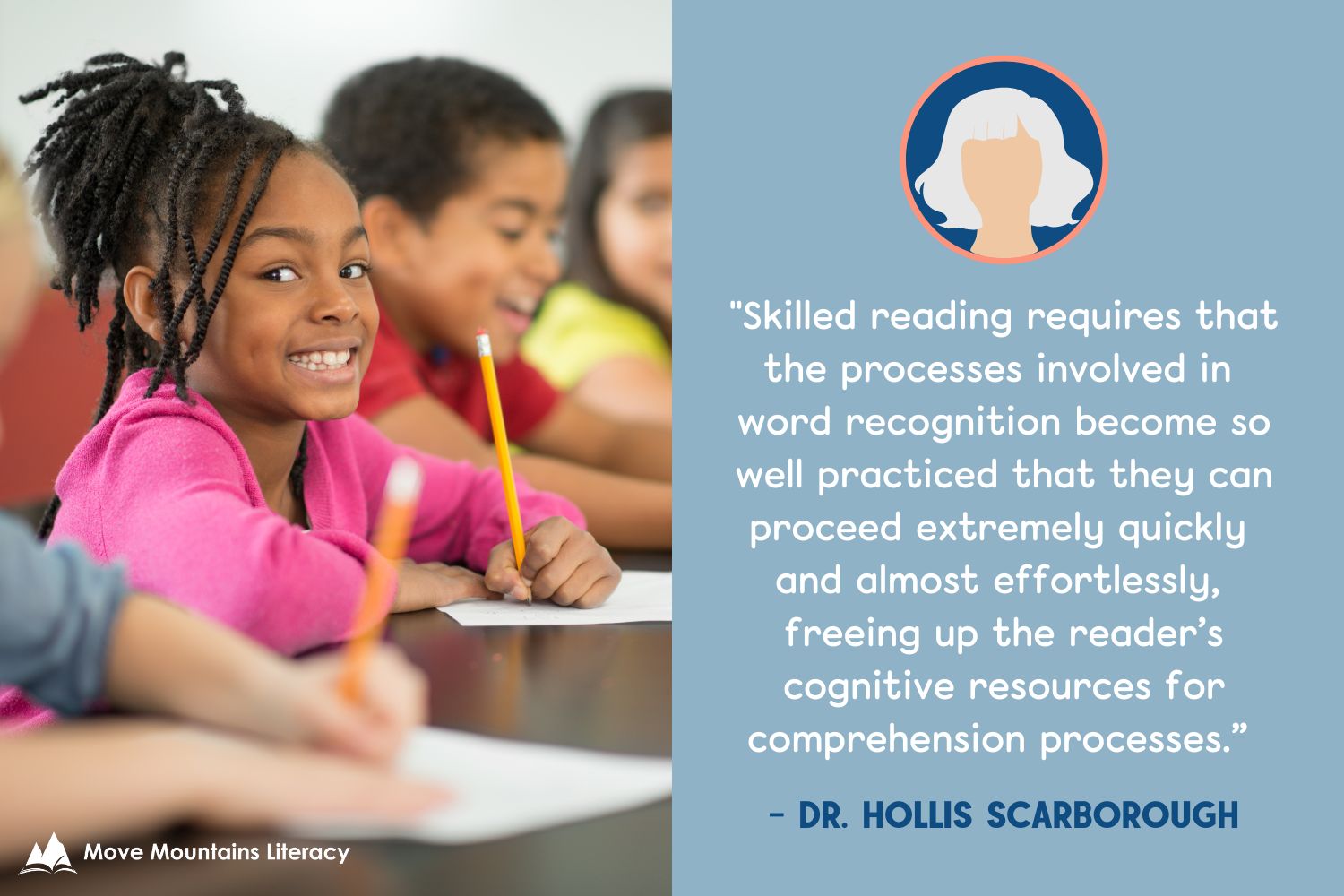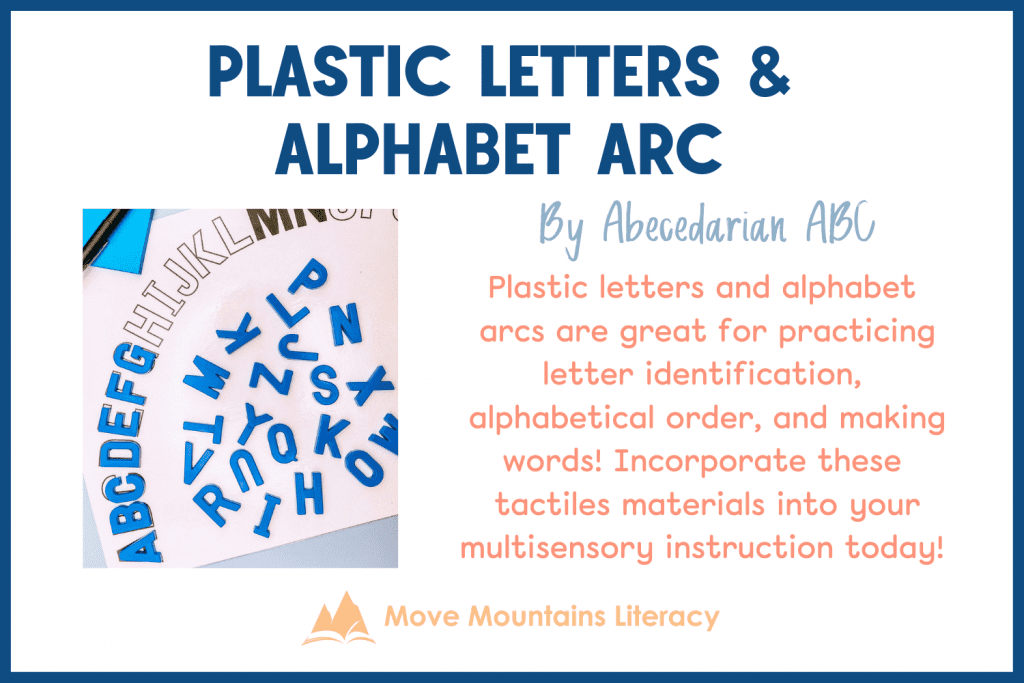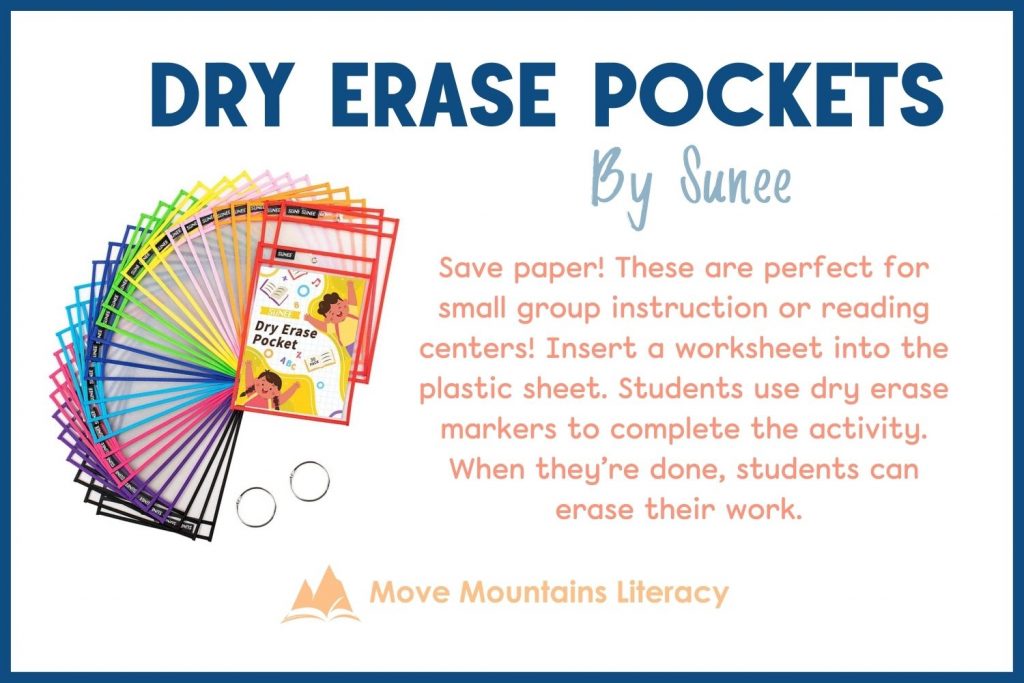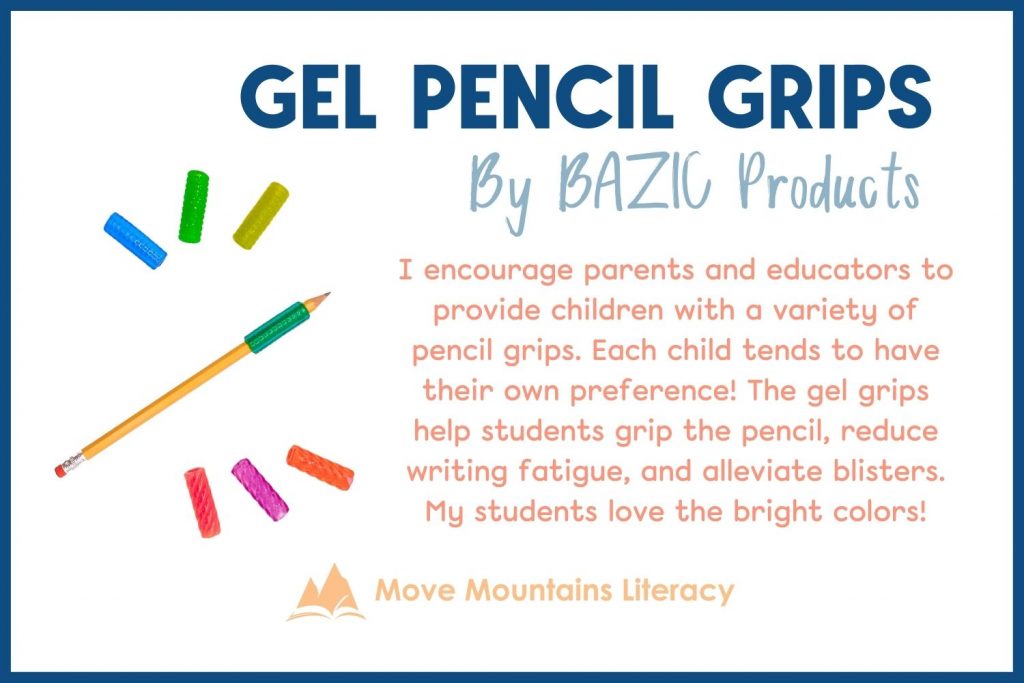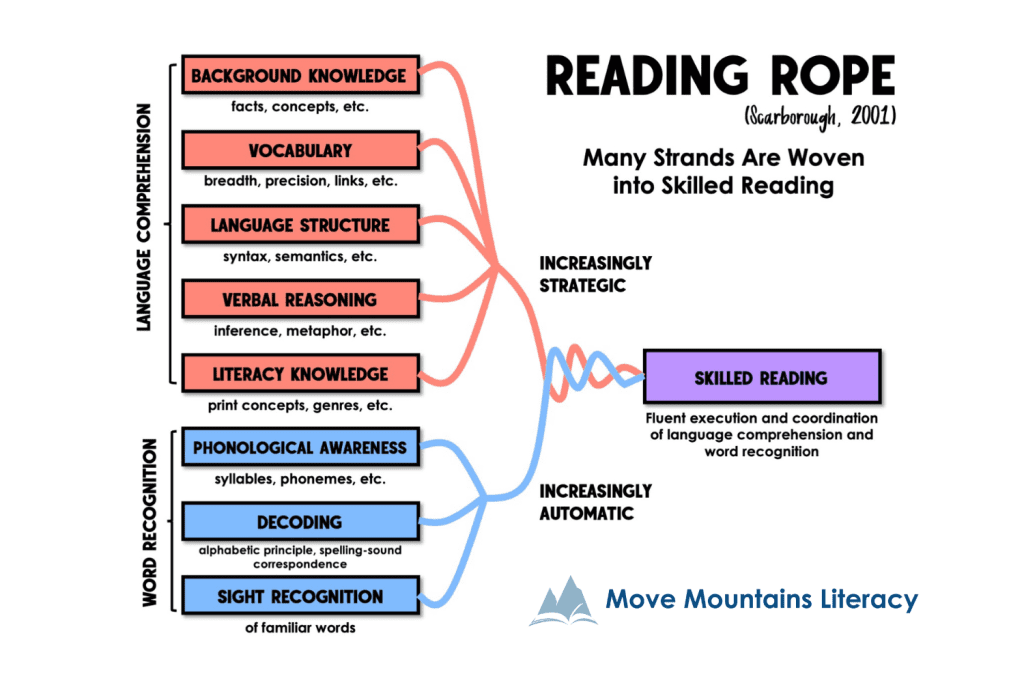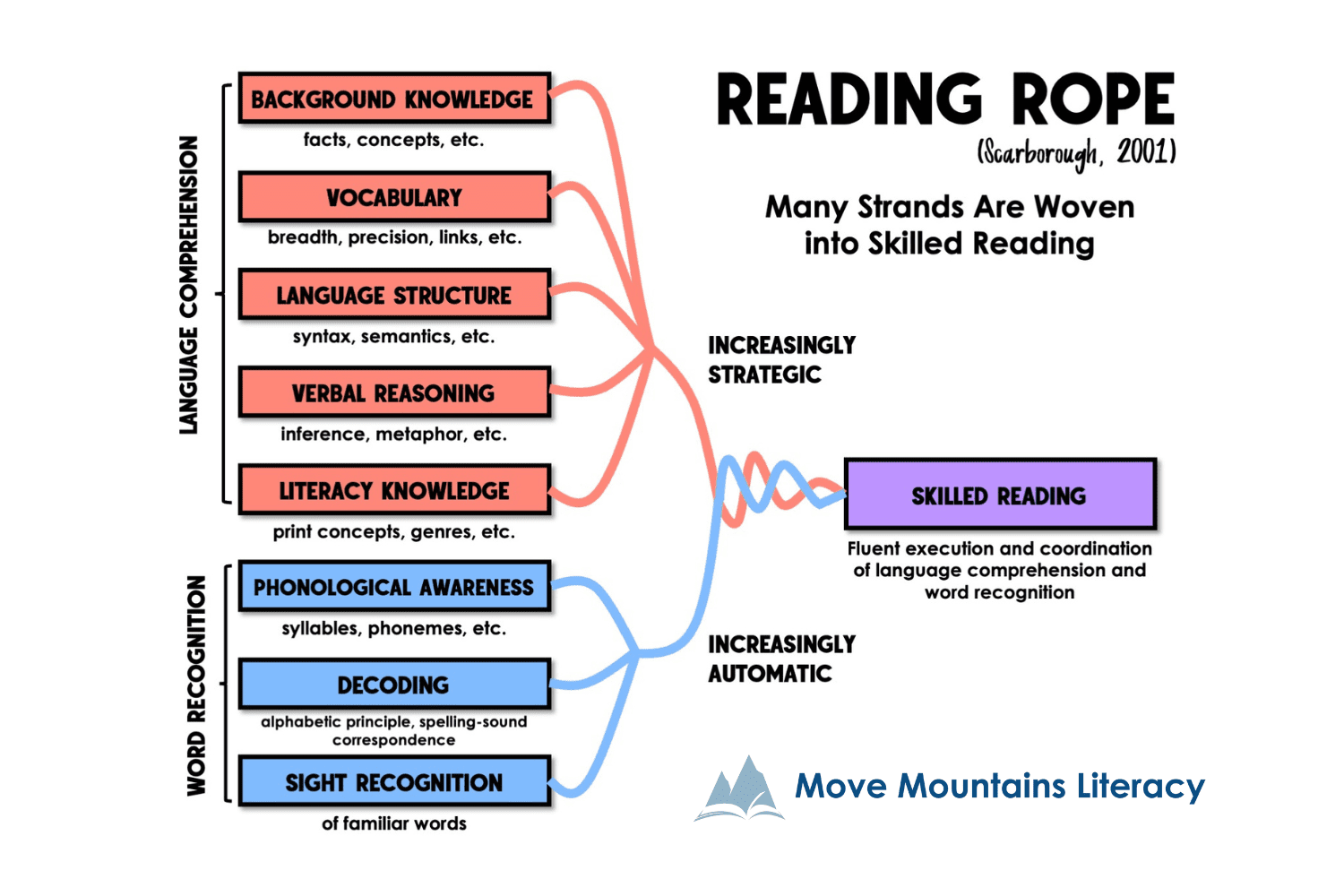
Dr. Hollis Scarborough’s Reading Rope
Reading with Comprehension
Becoming a proficient reader requires students to acquire many skills. Teachers must introduce these concepts to students and provide them with opportunities to develop these skills through authentic reading experiences. Scarborough’s Reading Rope illustrates the language comprehension and word recognition skills students need to read fluently and understand the text they are reading.
Dr. Hollis Scarborough, a literacy and language development researcher, published the Reading Rope in 2001. Years prior, Dr. Scarborough used the Reading Rope to illustrate the complexity of skilled reading to parents. Scarborough defines skilled reading as the “fluent execution and coordination of language comprehension and word recognition.” This visual helps one see the complexity of learning to read. Although reading may look like a “single rope,” it comprises many strands.
Language Comprehension and Word Recognition
The strands of the Reading Rope are divided into two categories. The top strands are categorized as language comprehension skills. Providing children with a range of experiences and reading them books on various topics can help increase their language comprehension skills. The bottom strands of the Reading Rope are categorized as word recognition skills. Becoming familiar with letters, manipulating sounds in words, and quickly identifying words that frequently occur in the text can help increase word recognition skills. Efficient reading requires students to weave the many strands together.
Beginning Readers
In school, beginning readers are taught language comprehension and word recognition skills. As students get a grasp of the many components of language comprehension, the teacher provides students with the opportunity to become strategic in their approach to reading text. Likewise, as students become accurate at reading words, the teacher works with the student to become automatic at recognizing words. Once students have developed a strategic approach to language comprehension and can read words effortlessly, they will become skilled readers.
Teacher Resources
Do you find this model helpful? Consider showing this to your students as a way of introducing them to the skills they will learn this year. Have them include the Reading Rope in their interactive notebooks! Share this information with your fellow teachers by displaying a Reading Rope bulletin board in the hallway, workroom, or teacher’s lounge. Educate parents on the complexity of reading by having them make a Reading Rope at your school’s literacy night! Get FREE access to these materials by subscribing to my newsletter, or you can purchase these materials in my shop!

You can learn more about the strands of the Reading Rope by tuning into “The Science of Reading Podcast” by Amplify Education. According to Amplify’s website, “the Podcast delivers the latest insights from researchers and practitioners in early reading. Each episode takes a conversational approach and explores a timely topic related to the Science of Reading.” Their episodes are available on Apple Podcasts, Spotify, Google Podcasts, and Overcast. If you want to learn more about the science of reading, this podcast is for you!
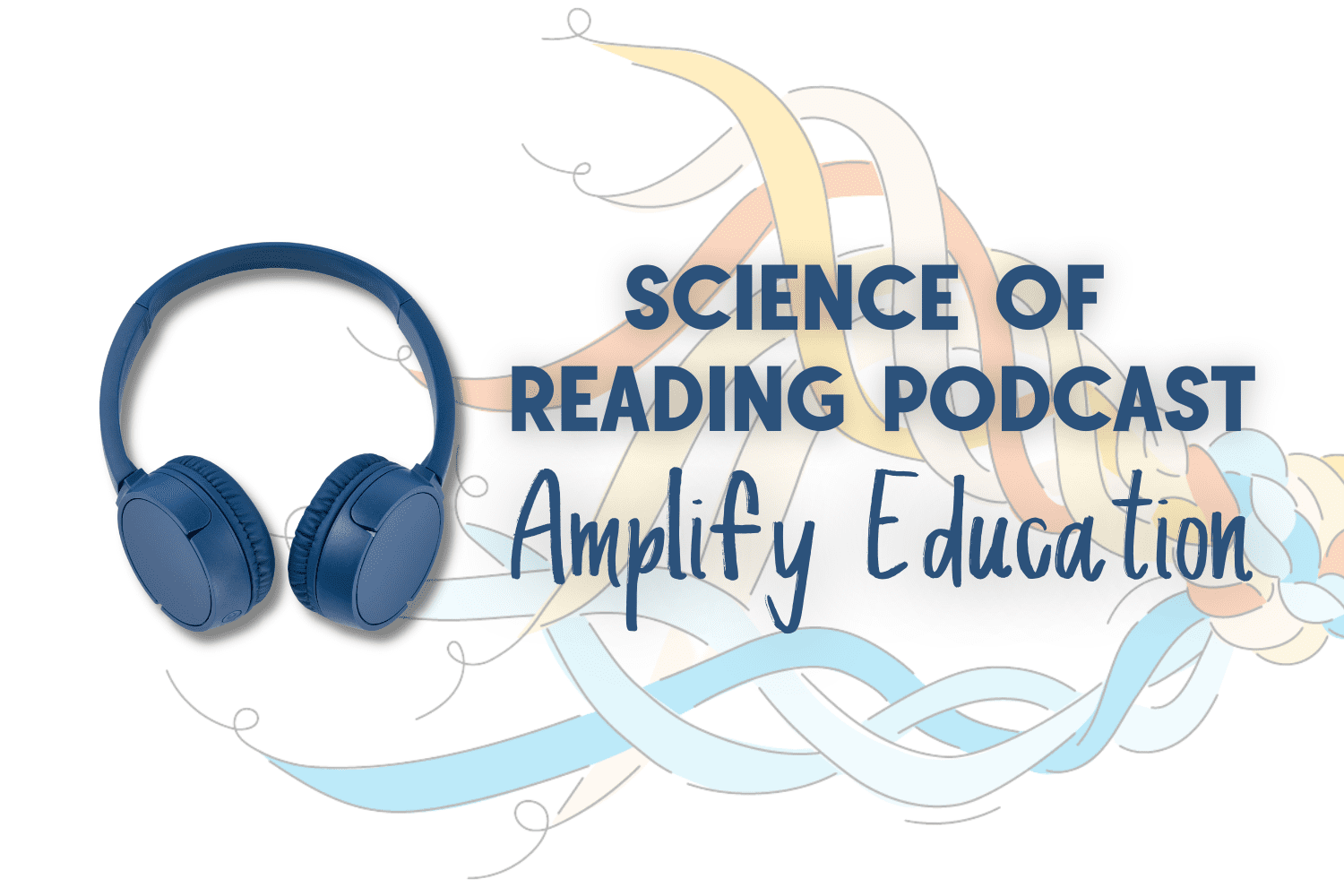
You can also hear from Dr. Scarborough in this YouTube video from “SoR – What I Should Have Learned in College.” According to their description, “this YouTube channel is the home of the workshops and trainings that have been hosted on the Science of Reading – What I should have learned in College [Facebook] group.” If you enjoy watching literacy presentations on YouTube, I recommend subscribing to their channel. Click the image below!

